Slip 'n Slide and kiddie pool burned my grass?
lana_lang
9 years ago
Related Stories
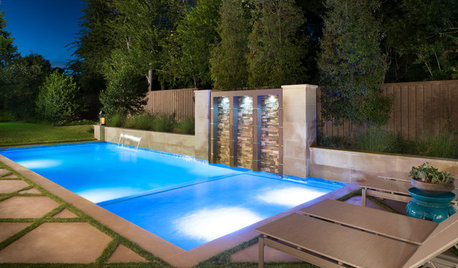
GREAT HOME PROJECTSHow to Replaster (or Remodel) Your Pool
Have an old pool? It could be time to update the plaster, landscaping and more for a pool that works swimmingly with your current style
Full Story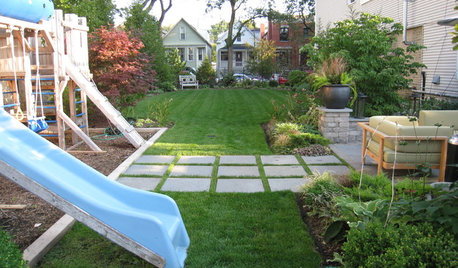
LIFE6 Tips for Teaching Your Kids to Be Good Neighbors
Everyone wins when your children learn to respect boundaries, get help when they need it and show others they care
Full Story
PETSPet-Proofing Your Home: A Room-by-Room Guide
Not all pet dangers are obvious. Keep furry friends safe and sound by handling all of these potential hazards
Full Story
ARCHITECTURE15 Smart Design Choices for Cold Climates
Keep your home safe and comfortable in winter by choosing the right home features and systems
Full Story
PETS6 Ways to Help Your Dog and Landscape Play Nicely Together
Keep your prized plantings intact and your dog happy too, with this wisdom from an expert gardener and dog guardian
Full Story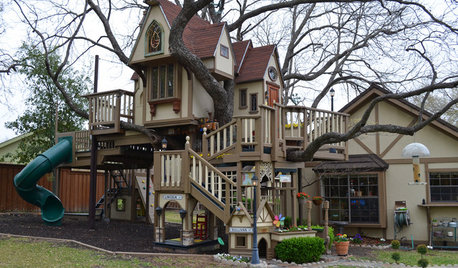
MOST POPULARThe Most Incredible Kids' Tree House You'll Ever See?
Duck your head to enter this unforgettable Dallas wonderwork, lovingly crafted with imaginative delights
Full Story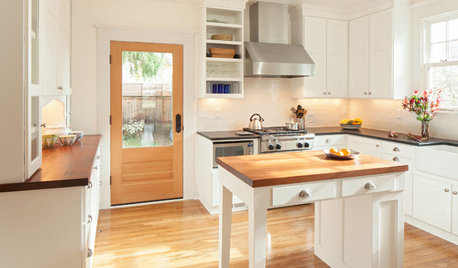
SELLING YOUR HOUSEHow to Stage Your Kitchen for a Home Sale
Attract buyers with a kitchen that’s clean, bright and welcoming — no expensive overhaul required
Full Story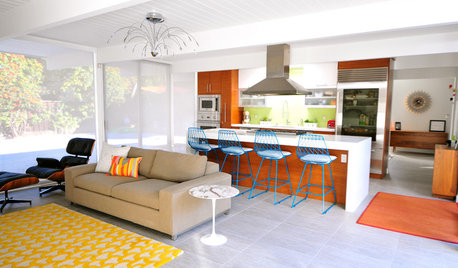
MIDCENTURY HOMESHouzz Tour: An Eichler Remodel Spawns a Design Career
A homeowner finds her true calling upon redesigning her family's entire California home
Full Story
HOUZZ TOURSMy Houzz: Midcentury Modern Style Transforms a Vineyard Bungalow
Spectacular surroundings and iconic design inspiration meet in a major overhaul of a 1960s Ontario home
Full Story
EDIBLE GARDENSHow to Grow Your Own Sweet Summer Crops
This guide will help any gardener get started on growing the freshest warm-season veggies and berries for summer
Full Story







dchall_san_antonio
socks
Related Professionals
River Forest Landscape Architects & Landscape Designers · Saint Charles Landscape Architects & Landscape Designers · Billerica Landscape Contractors · Berwyn Landscape Contractors · Boca Raton Landscape Contractors · Costa Mesa Landscape Contractors · Fountain Valley Landscape Contractors · Las Vegas Landscape Contractors · Long Beach Landscape Contractors · Maywood Landscape Contractors · Middletown Landscape Contractors · Nutley Landscape Contractors · Parkland Landscape Contractors · New Carrollton Landscape Contractors · Camp Springs Landscape Contractorsdchall_san_antonio
hippy
dchall_san_antonio
lana_langOriginal Author
morpheuspa (6B/7A, E. PA)
polyguy78
Layla Schreiner
Johana M